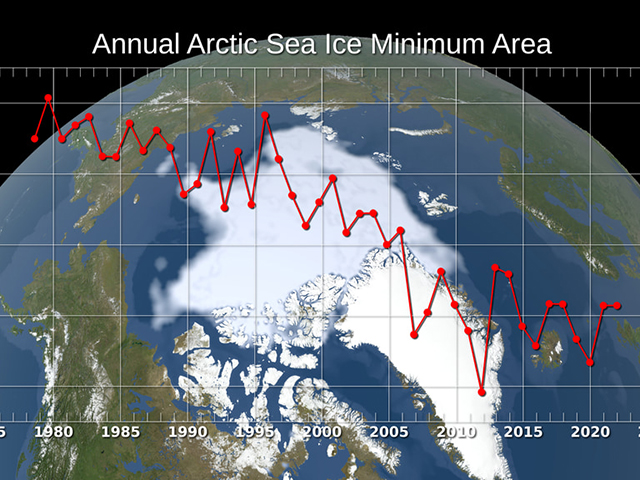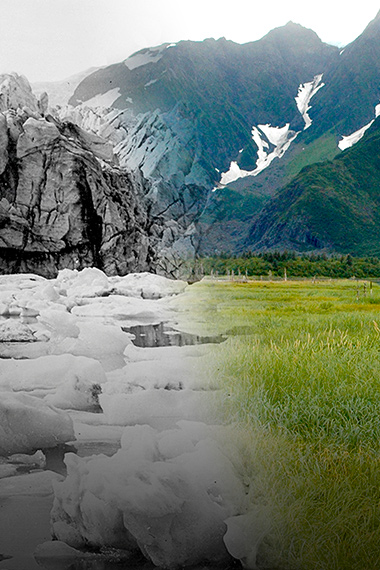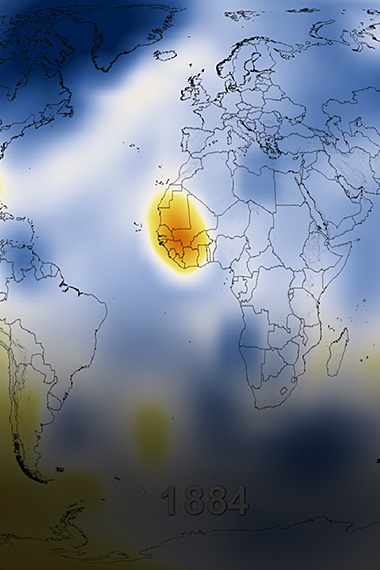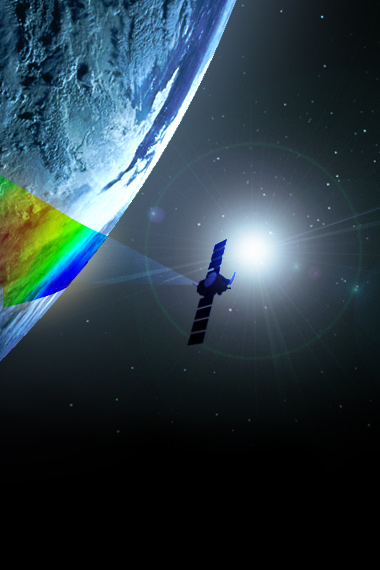MULTIMEDIA
Video: What NASA Knows from Decades of Earth System Observations
Jan. 24, 2022
NASA has the world’s largest Earth-observing fleet, with an uninterrupted record of observed evidence of climate change. Increased greenhouse gases trap heat in Earth’s atmosphere.
Trapped atmospheric greenhouse gases warm the planet – our land, ocean, and atmosphere. Most of the global warming goes into the ocean, delaying the full impact of global warming. Ocean currents move the heat around the globe, impacting your local weather and climate. The warmer ocean accelerates melting of ice sheets in Greenland and Antarctica.
Rising seas are a major consequence of climate change, impacting coastal communities, infrastructure, and the economy. A warmer climate amplifies Earth’s water cycle. Dry areas are getting drier, and wet areas are getting wetter. Wet areas are experiencing more flooding and extreme storms, such as typhoons and hurricanes. Drought-prone areas will see less rainfall, affecting agriculture.
NASA data are used for projections that can help inform actions for the future. More extreme conditions are occurring due to climate change, such as wildfires. NASA data and knowledge are open and free, enabling informed decision-making. The agency's information aids preparation and recovery from natural hazards around the world.






























